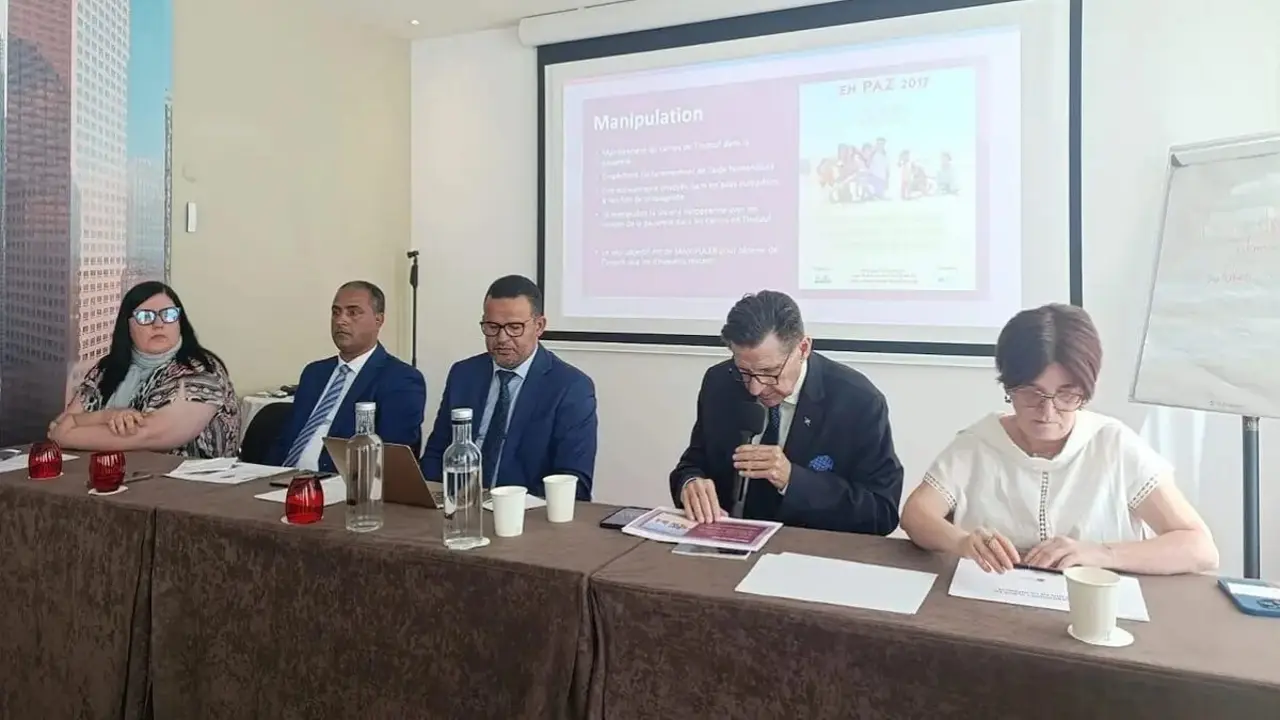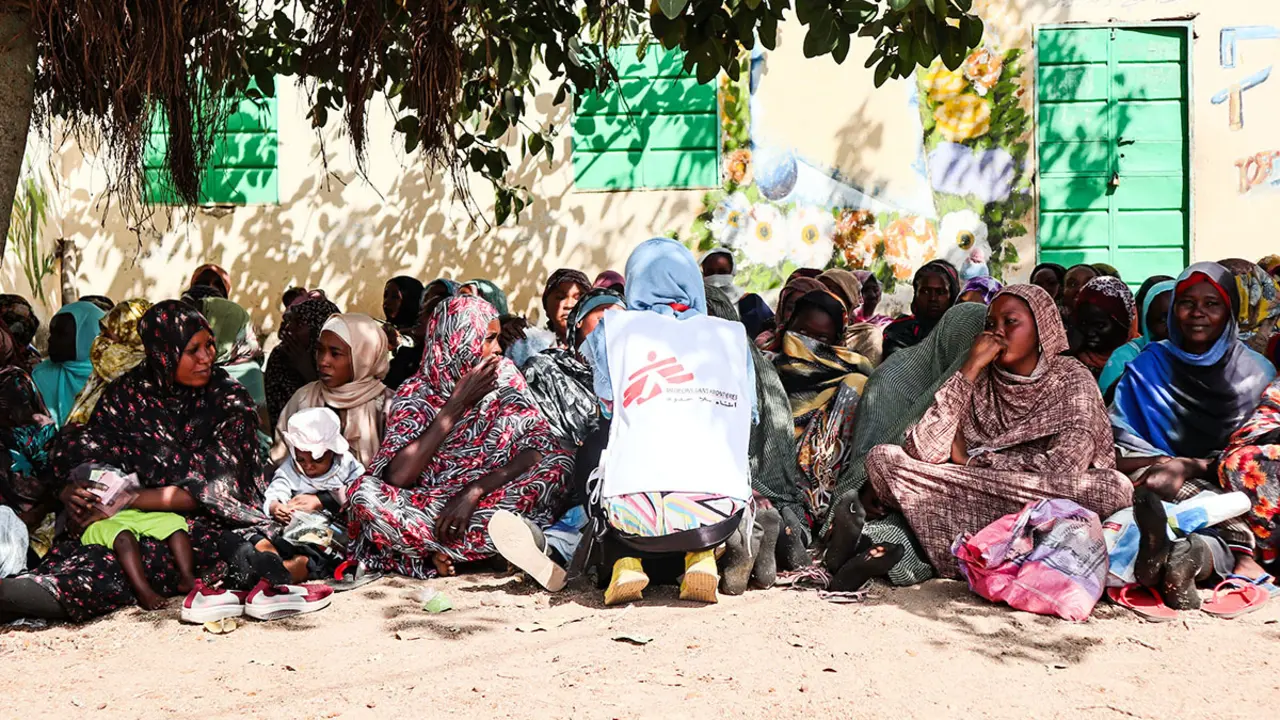OIET warns of increasing terrorism in the Sahel

Last Friday 21 February, the Yearbook of Jihadist Terrorism 2019, which the International Observatory for the Study of Terrorism carries out every year, was presented at the Deusto Business School in Madrid. In it, a detailed analysis of the different regions affected by terrorism of Jihadist aetiology is made, with special attention to the different terrorist groups, the areas of action and influence of each one of them and the trends and developments in order to understand whether the counter-terrorism measures applied by governments and regional and international bodies are being effective or not. According to the Yearbook, the region most affected by terrorism of these characteristics is Central and South Asia, mainly due to the activity of the Taliban in Afghanistan.
The Asian country heads the dramatic list of fatalities, over 3,000, as well as the number of attacks, close to 400. The Taliban are therefore the terrorist group that causes the most deaths, with close to 2,600 victims, a similar figure to that of the next four groups combined. This situation could be very different during this year that is just beginning, since just yesterday a peace agreement was also announced, after more than a year of negotiation, between the United States and the Taliban, which could restore some calm to the Afghan country.
However, despite the fact that this area of Asia is the most affected, it is closely followed by sub-Saharan Africa - with 39.70% of the attacks compared to 39.20% - although it is true that the latter includes several areas of great conflict and with a large presence of terrorist groups. From Al Shabaab in Somalia, a myriad of groups in the east of the Democratic Republic of the Congo, Boko Haram and ISWAP in the Lake Chad basin or the three-frontier zone in the Sahel where JNIM and ISGS share the attacks with smaller groups.
Despite the existence of many outbreaks in sub-Saharan Africa, the large upsurge in mortality and the number of attacks in the Sahel areas means that the focus must be on this region, as countries such as Burkina Faso have overtaken others such as Somalia in terms of both the number of victims and the number of attacks. The trend in this region, and the fear of a possible extension to other countries on the West African coast, accentuates the need to shift the focus of attention.

Although the Yearbook covers the Maghreb and the Western Sahel at the same time, its coordinator, Marta Summers, warns of the clear differences between the two regions. While in the former, the number of attacks has fallen sharply, in the latter it has doubled. The reduction of attacks in the Maghreb, but not of violence, has been possible due to the practical annulment of the Daesh's activity in Libya, despite the struggle for control of the country between the two main factions, which continues to imply a context of violence and instability that favours the presence of jihadism. Only three Maghreb countries have suffered terrorist attacks, of course, Libya has been the most affected, with nine, then Tunisia with six and finally Algeria with two. In all, 17 attacks have left 40 people dead, a third of whom have been in Chad, the country of the Sahel where, if we do not include Senegal or Mauritania, which have not been attacked, fewer people have been killed by terrorist activity during 2019.
The Sahel strip presents two focal points of relevant terrorist activity. On the one hand, the area of the three borders that includes Burkina Faso, Mali and Niger. And, on the other hand, the basin of Lake Chad, shared by Niger, Chad, Nigeria and Cameroon. If we take into account that Niger is affected by both areas and that therefore the attacks that have taken place in the country are more distributed between both areas of great jihadist activity, the number of attacks in the two regions. This is not the case with regard to the number of fatalities, since the mortality rate of groups operating in the Lake Chad region, Boko Haram and ISWAP, the Daesh branch in the area, is much higher than in the three-frontier zone.
Only Nigeria has had the same number of fatalities as Mali and Burkina Faso combined, taking into account that Burkina Faso is suffering its highest death toll in recent years from terrorist activity. It is remarkable that two of the most deadly attacks, with 65 and 60 fatalities respectively, have occurred in the Borno region, the most north-western region of Nigeria, both by Boko Haram. The branch of the Daesh in the tri-border area, the ISGS, despite the significant growth of its activity in the second half of 2019, is still far below that of the JNIM, an umbrella under which several terrorist groups related to Al Qaeda are integrated, including some Tuareg groups that were part of the 2012 uprising that led to the French intervention.
However, like Boko Haram, the extreme violence of the attacks carried out by the ISGS, maintains its mortality figures, even with fewer attacks, similar to those of the JNIM. The presence of two of their attacks among the ten deadliest of the year gives an idea of the aggressiveness of their actions. Both took place in a short space of time, almost a month, and both targeted military bases, one in Inates, Niger, with 71 victims and the other in Indelimane, Mali, with 53.

The yearbook's conclusions regarding the situation and future prospects of the Sahel in particular obviously allude to the important need for a comprehensive approach to combating terrorism in the region.
Military measures to eliminate potential threats must go hand in hand with investments to develop regions that are perceived as remote from central governments, which are already very fragile. Efforts should also be made to increase support for the acquisition of material means for the armed forces of the Sahel countries, with which they can deal with increasingly sophisticated terrorist threats. Supporting an increase in state presence in vulnerable regions, not only through military presence, but also through legal, police, health and educational institutions that minimise the impact of terrorist propaganda and, therefore, social support for different armed groups, is already a priority for organisations such as the European Union, but its effectiveness must be monitored.
Nor can we ignore the fragile situation in other surrounding countries, which may succumb to the increased terrorist presence, as is the case in Senegal, Benin, Ghana or Togo. These countries must act preventively in their border areas, areas in which the groups are relatively easy to manage due to their porosity, guaranteeing the security of populations that are more neglected by the central government.
The prospects for 2020 are therefore complex and involve many factors for improvement. 2020 has begun, however, just as it ended in 2019, with the difference that the withdrawal of the United States from the region is an increasingly feasible possibility that may negatively affect a socially debated international presence, which is key for all these approaches to be carried out.








